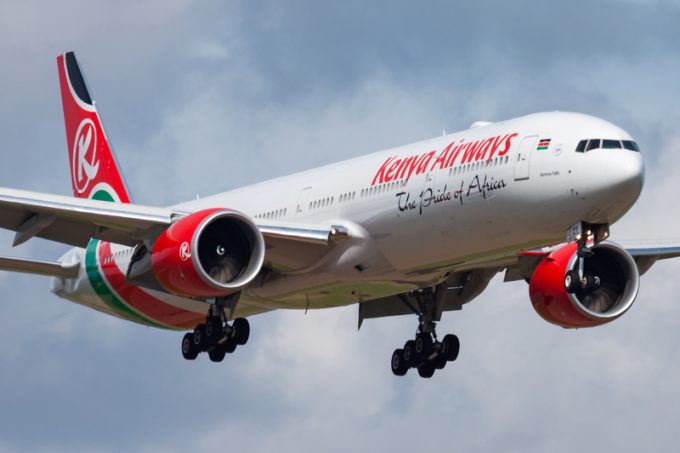Kenya Airways aims to double cargo revenue in five years

Kenya Airways (KQ) is increasing its cargo business from 10% of its total revenue today to at least 20% in five years.
During the airline’s General Assembly meeting in Nairobi in June, CEO Allan Kilafuka said the airline would add two B737-800 convertibles to its fleet and potentially acquire another wide-body freighter in the long term.
Kilafuka did not give further details loadstar Aviation analysts at IBA and Lufthansa Consulting asked how things might fare at KQ.
IBA data shows airlines in Africa operate about 10 B737-800 freighters converted by Boeing, IAI or AEI, including Allied Air (Nigeria), Egypt Air, Rwandair, Express Air Cargo (Tunisia), Serve Air Cargo (DRC) and Air Algerie, which all operate, while Ethiopian has four.
Jonathan MacDonald, Director of Classics and Cargo Aircraft and ISTAT’s Senior Certified Appraiser, noted that the B737-800 freighter offers up to 24 tons of capacity, or 12 pallet positions, ideal as a general cargo vessel.
While KQ was in the process of acquiring a wide-body freighter, neighboring Air Tanzania recently took delivery of its first factory-built B767F on the continent.
“When committing to wide-body cargo, a key consideration is whether the intended routes or network provide an essential traffic balance, which is very important in ensuring the overall profitability of the operation,” said Terence M, Managing Consultant at Lufthansa Consulting.
Ethiopian Cargo appears to have successfully introduced B767-300ERs into its route network and IBA believes KQ should follow suit. Mr. MacDonald said that if KQ tried to “jump” the Ethiopian and acquire a larger A330-200F/P2F/300P2F, it would be a step too far in the capacity game; Especially since the shipping industry is so cyclical.
He believes the new B767-300F will be too expensive (about $84 million to buy or more than $500,000 a month) to lease. “We advise them to find a passenger plane of good origin, about 20 years old, and convert it,” he said.
IBA suggested that with the Boeing 767-300ER, the main routes could be along the lines of Nairobi-Johannesburg or Cape Town, Addis-Lagos-Cairo and on to European destinations, Mauritius or Mahe to the east and, always, Dubai and Mumbai. and Delhi as starting points for destinations as far away as Singapore, Hong Kong and Guangzhou.
“However, there are too many destinations for just one or two aircraft, so a reasonably large fleet would have to be built to maintain service,” Mr. MacDonald added.
Mr. Kilavoca also mentioned partnerships as a potential way to increase cargo volumes. Ms. Im suggested partnering with the dominant GSSAs to take over the sales and management of the belly capacity.
This reduces the complexities airlines may need to manage, while still benefiting from some level of freight income. This type of partnership is very common in the Americas and Europe, especially for low-cost airlines.”

